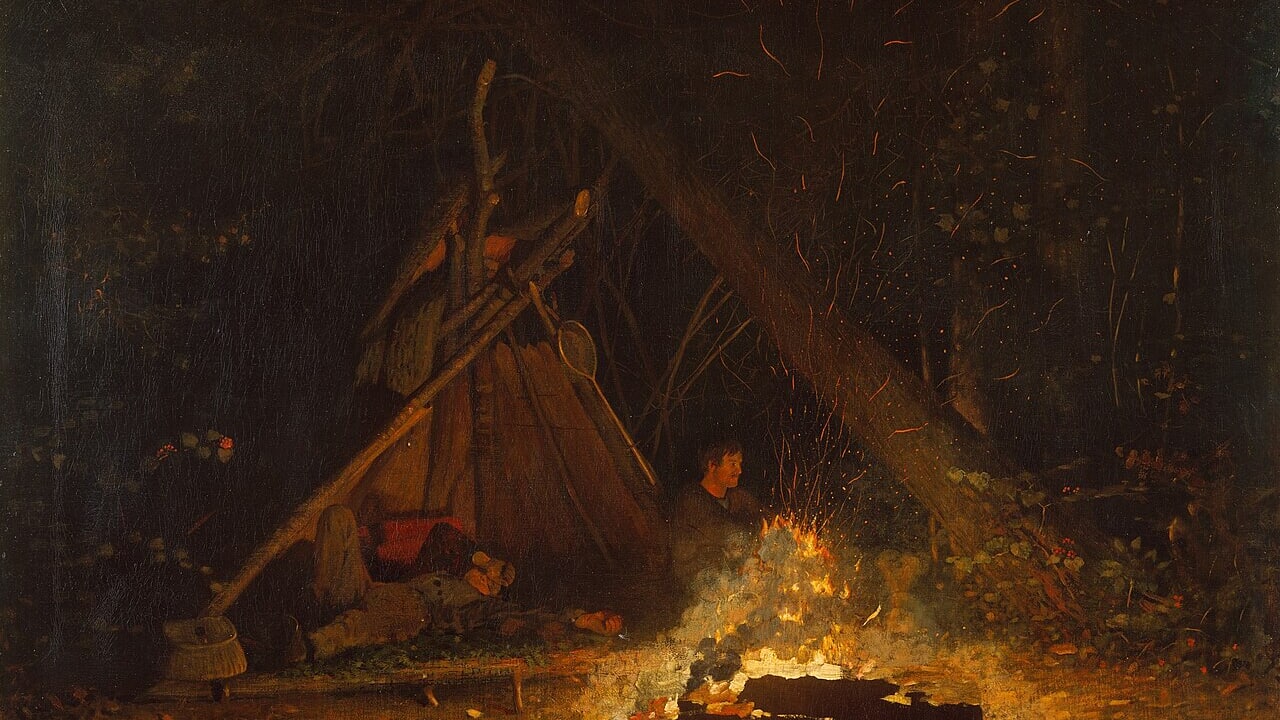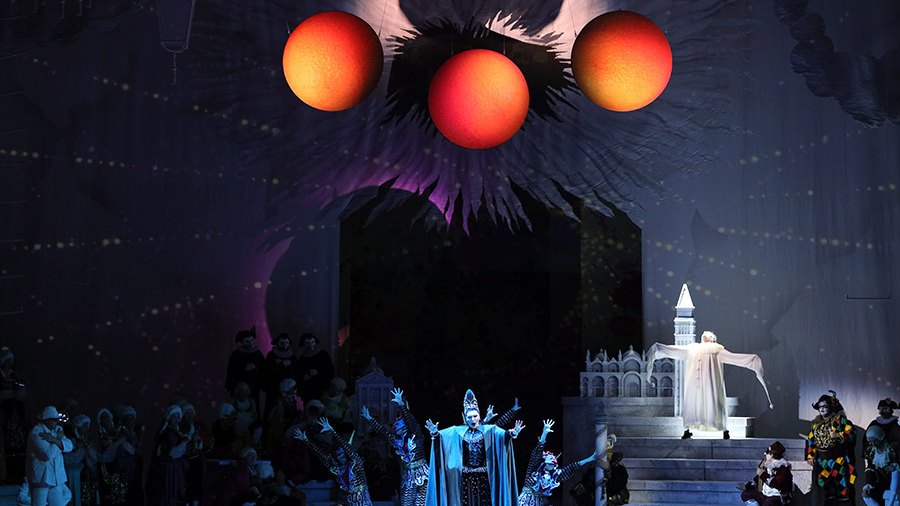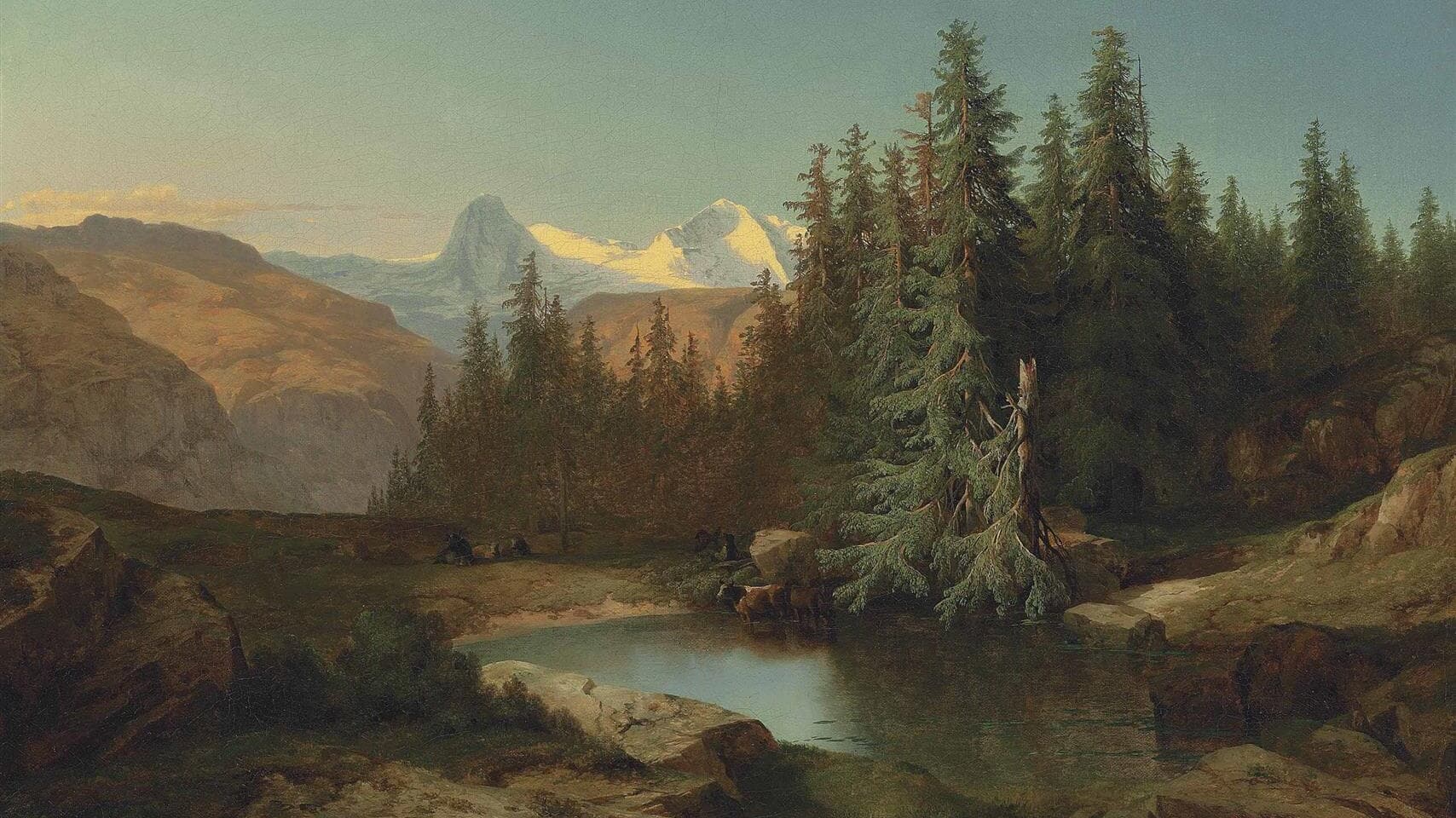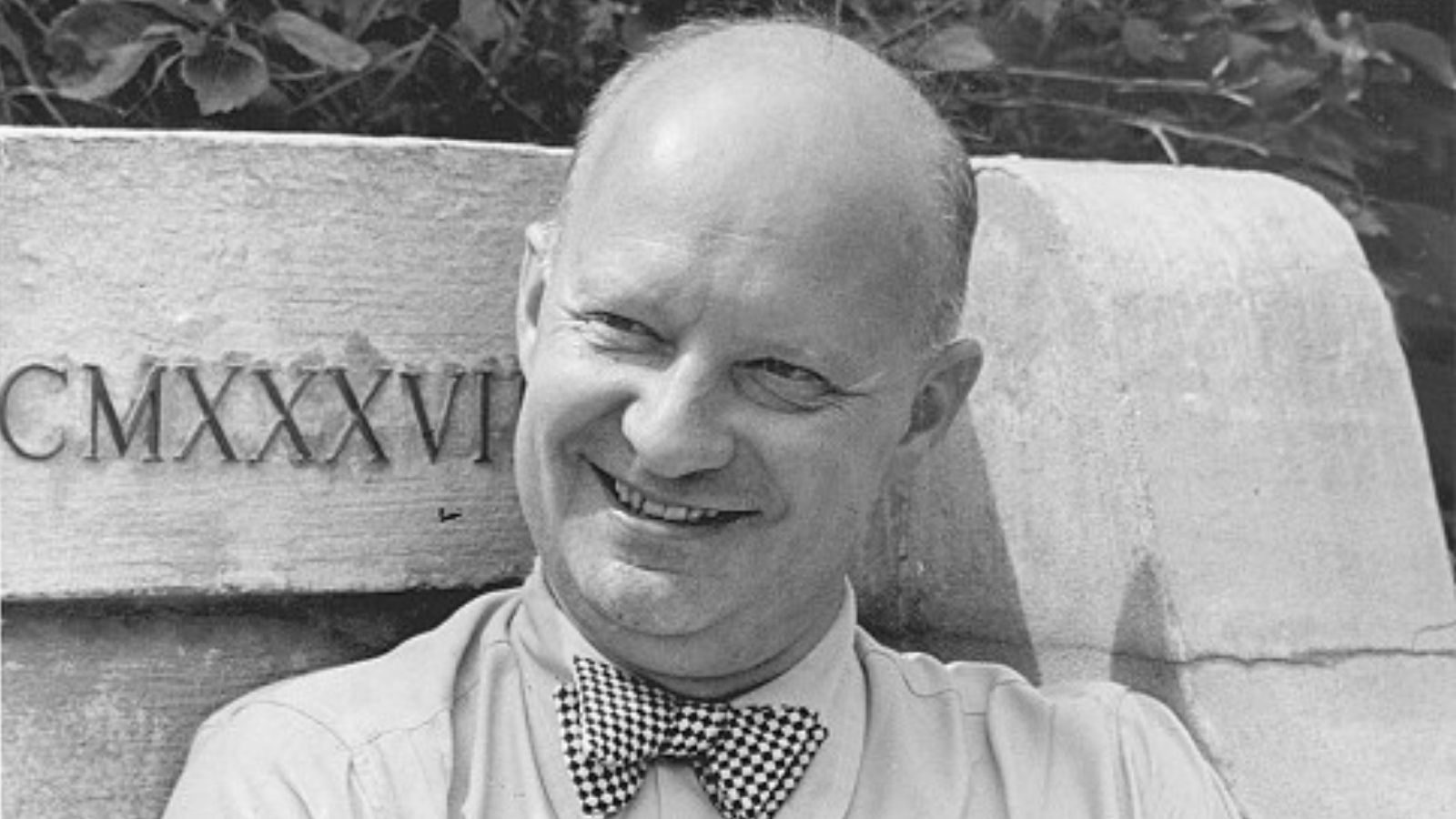Ravel’s “Le Tombeau de Couperin”: Jaime Martín and the Frankfurt Radio Symphony
Composed in 1917, initially as a suite for solo piano, Le Tombeau de Couperin was Maurice Ravel’s musical response to the devastation of the First World War. The 17th century word, tombeau, refers to “a piece written as a memorial.” Ravel dedicated each of the suite’s movements to the memory of a friend who was lost in the war. The title references the French Baroque composer, François Couperin (1668-1733), yet according to Ravel, …







